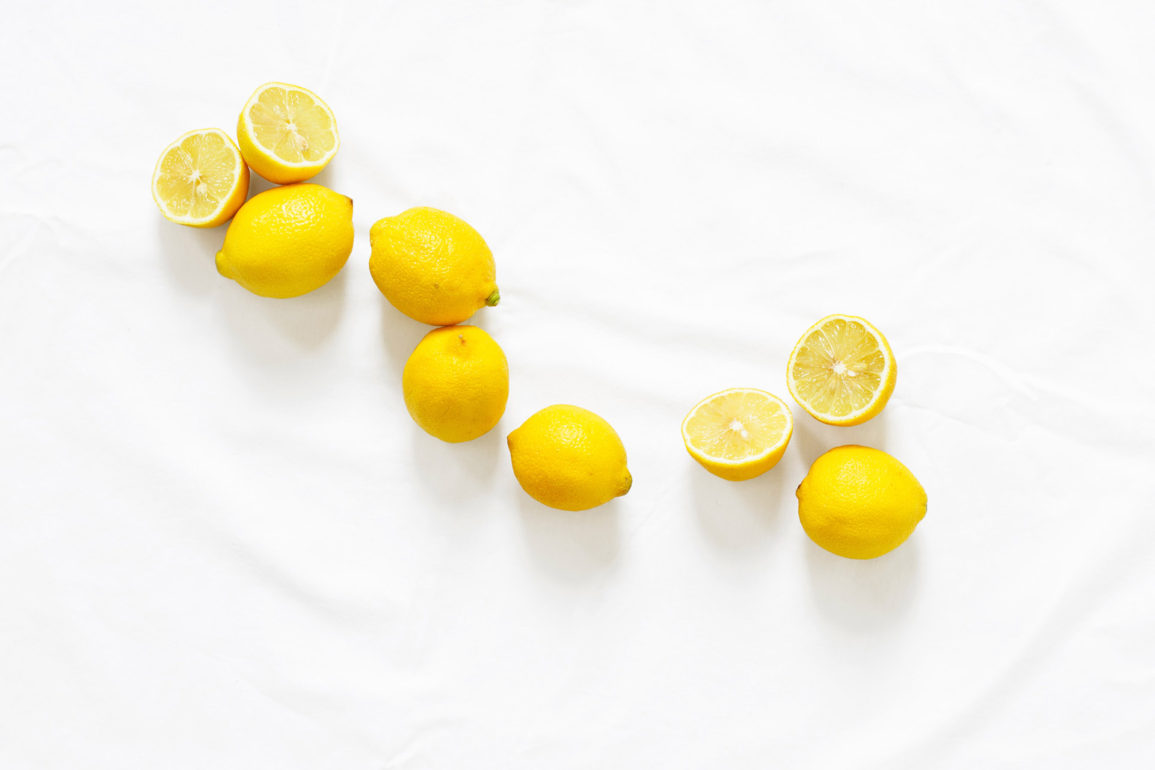Would you give up faster shipping to make the world a better place?
Last week, Amazon announced they would make grocery shipping free for Prime members, dropping the $14.99 monthly fee. New Yorkers, tired of rationing their grocery purchases by how many bags they can carry, rejoiced.
But our readers understand that this race to faster, free shipping has significant costs, beyond a company’s bottom line. The carbon footprint and the human toll on delivery workers are becoming known. Yet, we are still ecstatic when a 24-pack of paper towel rolls arrives at our front door in less than 24 hours.
I recently listened to Chelsea Mozen, the Sustainability Lead at Etsy, talk about how the company purchases offsets for 100% of their carbon emissions from shipping. When the company added copy in their cart which informed consumers about the initiative, they actually saw conversions increase!
As a quick lesson, a Carbon Offset is:
…a form of trade. When you buy an offset, you fund projects that reduce greenhouse gas (GHG) emissions. The projects might restore forests, update power plants and factories or increase the energy efficiency of buildings and transportation. Carbon offsets let you pay to reduce the global GHG total instead of making radical or impossible reductions of your own.
But when the subject of carbon offsets was brought up in a recent meeting, someone noted that they felt like an easy way out; they allow you to avoid changing your behaviors by just paying money.
“It’s not a real sacrifice.”
As with most things in the sustainability conversation, we are all still working to figure out the best way forward.
As a final note on the carbon impact of delivery, Amazon argues that their research shows, “delivering a typical order to an
Amazon customer is more environmentally friendly than that customer driving to a store.”
In this week’s edition we learn about Eileen Fisher’s Vision 2020, P&G’s refillable cosmetics, field trips to landfills, silk made from citrus fruits, and more.
Happy Reading,
Ranjan
ARTICLES
Why we’ll all soon be wearing mushroom leather, seaweed yarn and orange-peel silk
A number of very interesting startups are covered in this piece:
Zoa: making leather out of fermented yeast
Pinatex: Pineapple-leaf leather
Mylo: Mushroom leather
Orange Fiber: Silk from Citrus Fruits
Bolt Threads: Silk threads from replicating the DNA of spiders
Colorifix: Lab-grown dye
Algiknit: Yarn from kelp
Procter & Gamble, rivals take refills into beauty aisle
Makeup might be at the top of everyone’s mind (especially after seeing Gary in lipstick 😳). Reuters gives us a quick look at how the Body Shop, P&G and Unilever are all doing early-stage experiments with refillable cosmetics:
It recently began offering some Olay face-cream jars with refill pouches on Olay.com, telling Reuters it has plans to expand the sales of the pouches in Europe early next year. “We’re learning on our legs so I don’t know that we’re in a position to say, ‘Hey, here’s the magic to selling refills,’” P&G spokesman Damon Jones said.
Could Visiting a Landfill Transform Fashion Students Into More Sustainable Designers?
Adore Me field trip?
That’s the idea behind Museums as Landfills, a new initiative Semaan launched through Slow Factory, the sustainability-focused design lab that she co-founded with her partner Colin Vernon. The initiative’s pilot trip last week, which was sponsored in part by Adidas, involved bussing a load of fashion students from FIT and Parsons, along with a couple of their professors and a few working designers, to Fairless.
Eco-Friendly Supply Chains
Thanks to Stan for sending me this very relevant CB Insights newsletter. CBI monitored how the mentions of “sustainability” correlated with “supply chain” within corporate earnings calls are growing rapidly (graph below).
..and as always, please send me any interesting things you find on sustainability to include here!

Eileen Fisher’s Long-Term Vision For Sustainable Fashion
A very nice overview of all the work that Eileen Fisher, one of the leading brands in the space, is doing on the sustainability front.
Wear Clothes? Then You’re Part of the Problem
A NYTimes op-ed from Elizabeth Cline, author of “The Conscious Closet: The Revolutionary Guide to Looking Good While Doing Good.”
Two new reports, one by Stand.earth and the other by the Institute of Public and Environmental Affairs, show that most brands aren’t measuring their emissions, much less cutting them. That’s because a vast majority of the greenhouse gas emissions the clothing industry churns out happens in the supply chain — in factories and farms that brands don’t own, and that are spread out and far away.
Global Brand Audit Report 2019
In the name-and-shame department, the group Break Free From Plastic, conducts a global audit of the plastics usage of various firms.
The worst polluters are in the image below (and the full report is here).

The future of packaging | McKinsey
McKinsey experts expect tomorrow’s packaging to be smart, personalized, and reusable.
There’s also a nice 4 minute video that accompanies the predictions below.
How sustainable is recycled plastic, really?
An increasing number of fashion brands – including Prada, Stella McCartney and Adidas – are using recycled plastic to up their green credentials. Vogue looks at why it might not be such a sustainable fix.
Below is a video from Parley for the Oceans, one of the major producers of recycled plastics.
In my research on how brands are presenting their sustainability efforts, there are plenty of very boring, very corporate efforts.
However, this North Face video, covering their Backyard Project, is a beautifully done look at how organic, responsible cotton can fit into a big retailer’s strategy:





